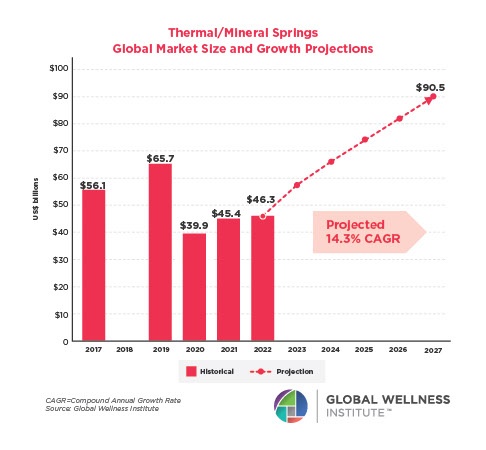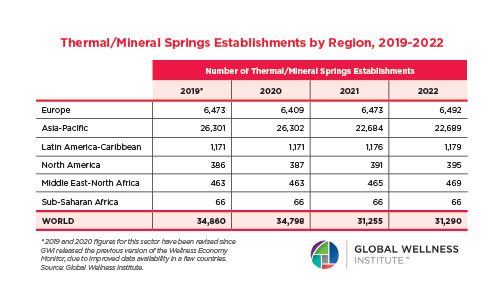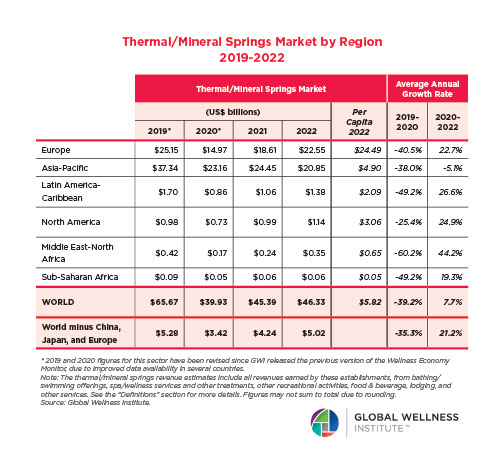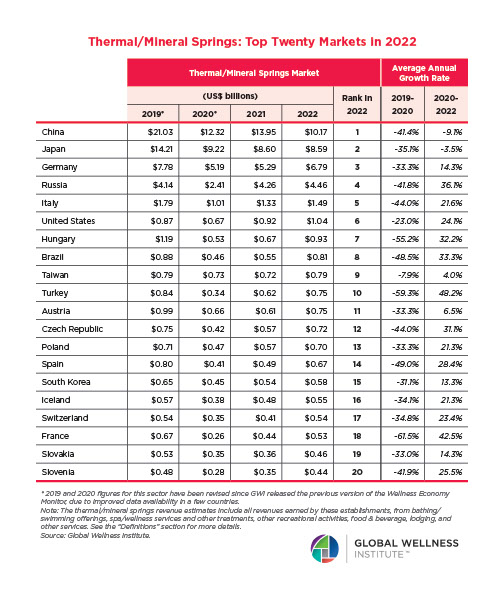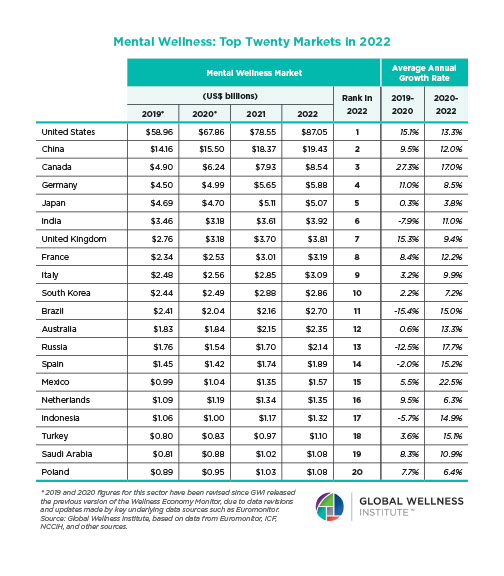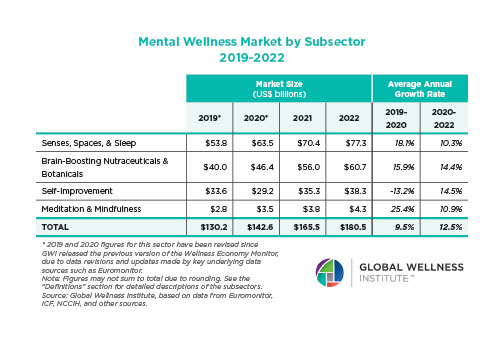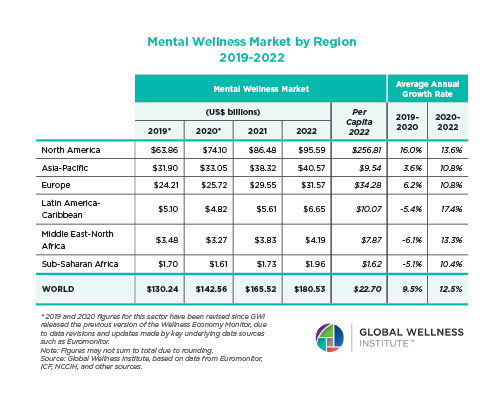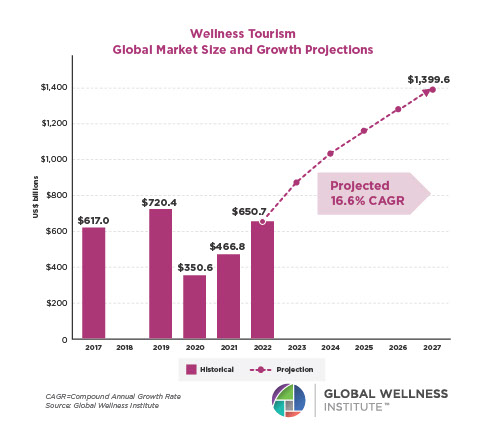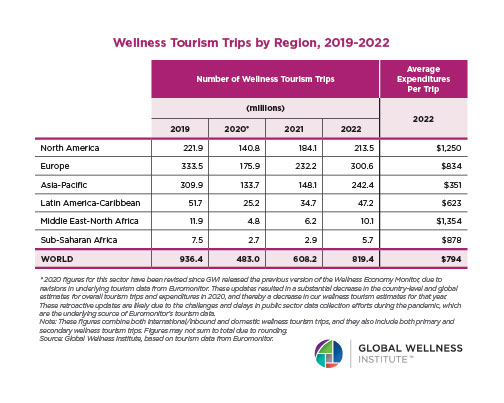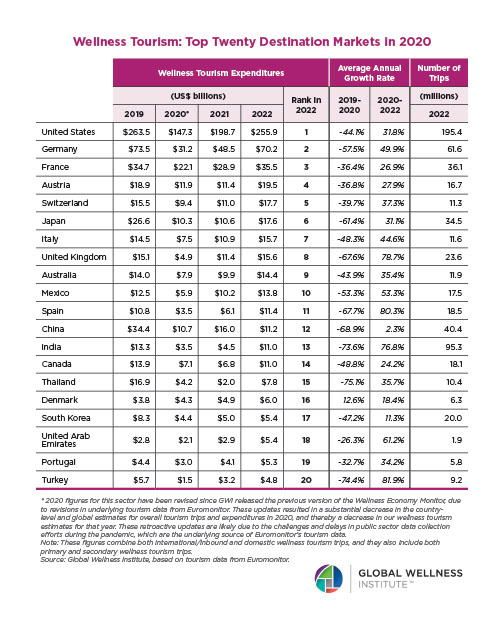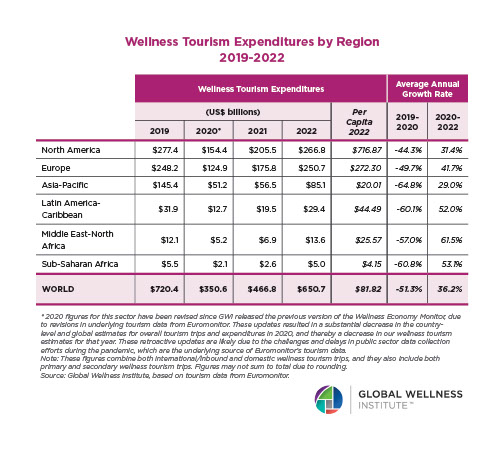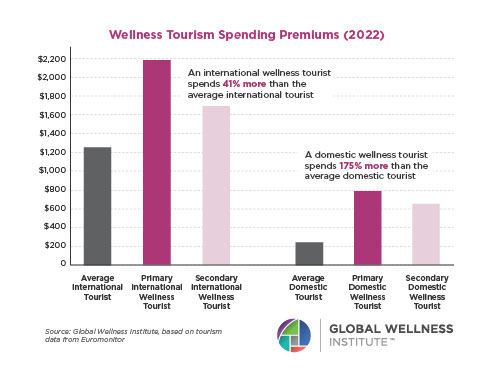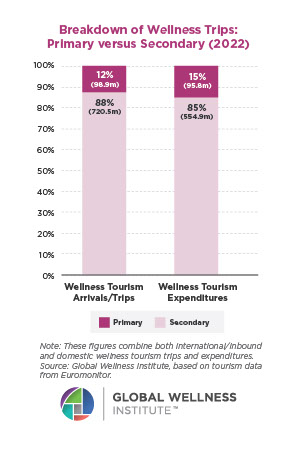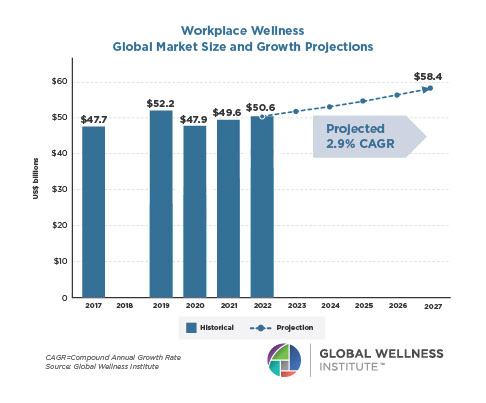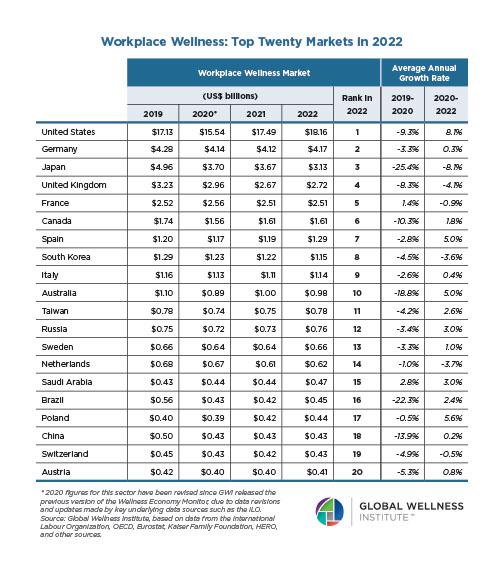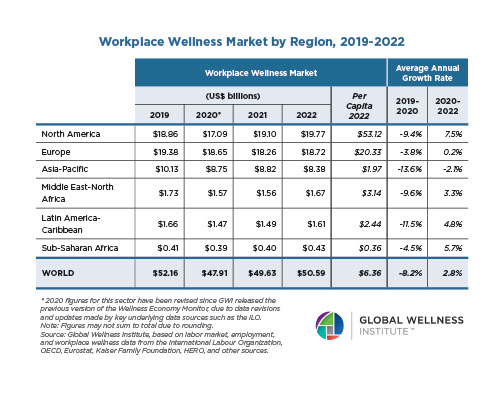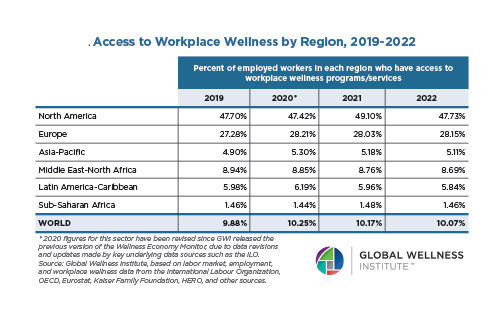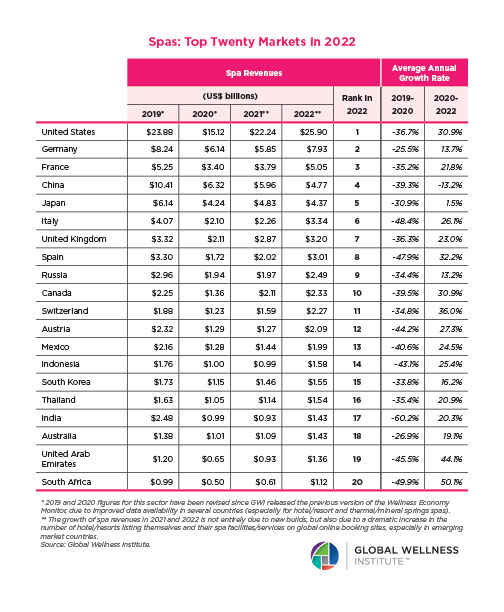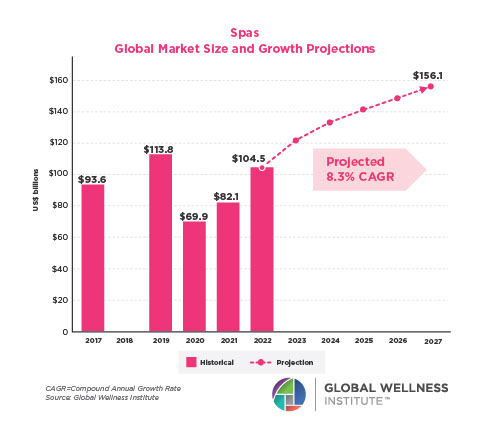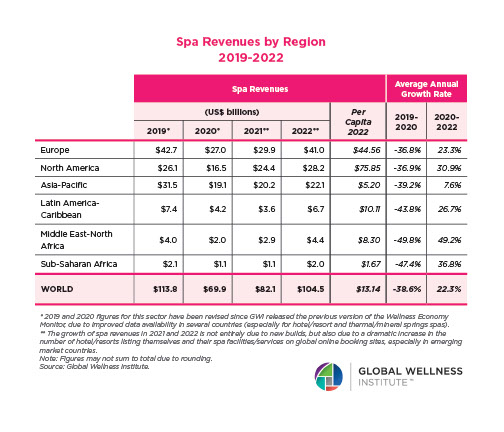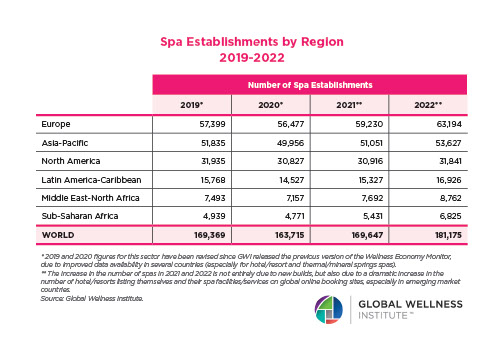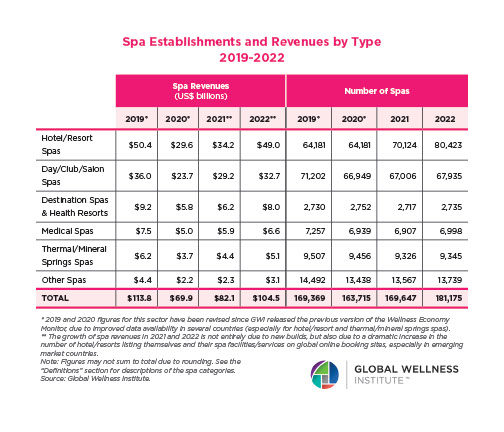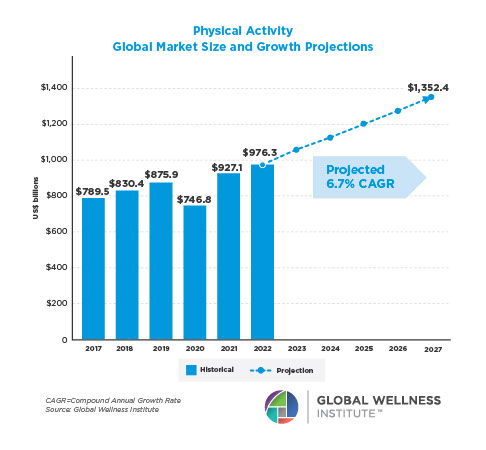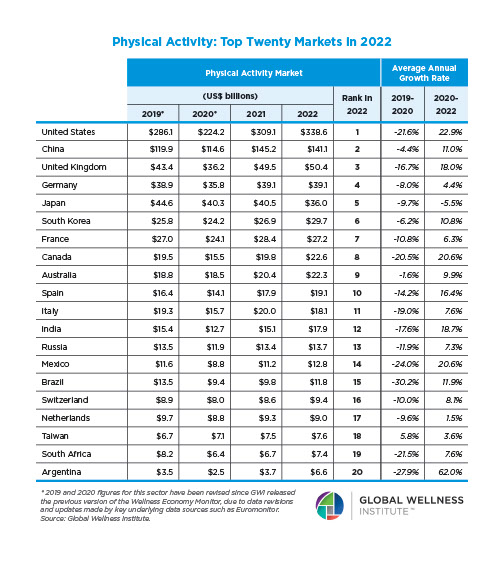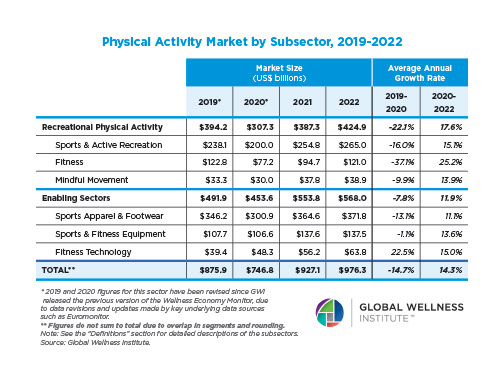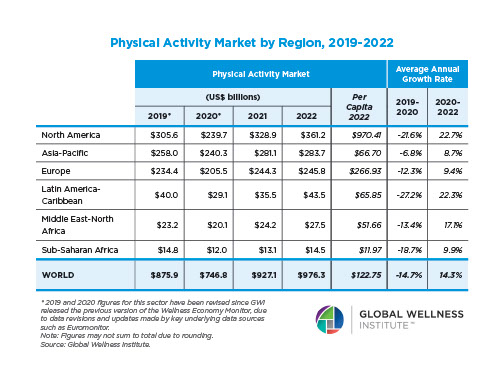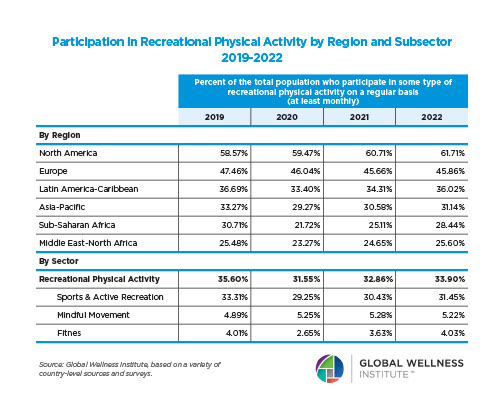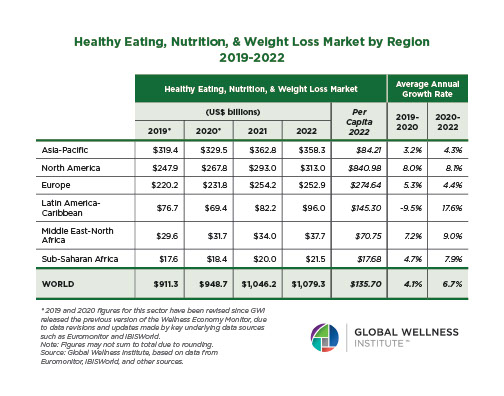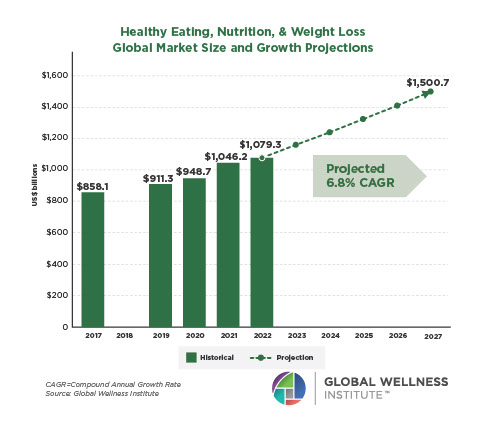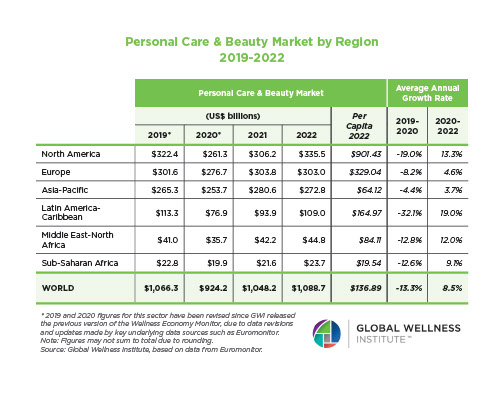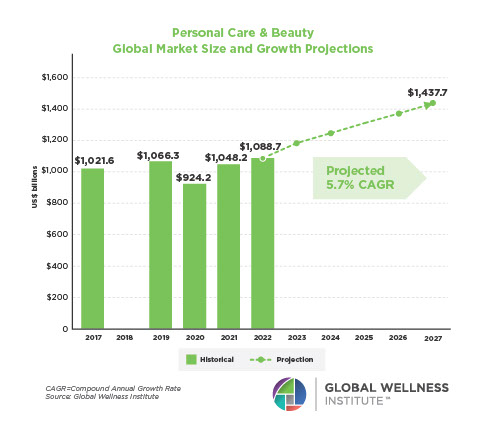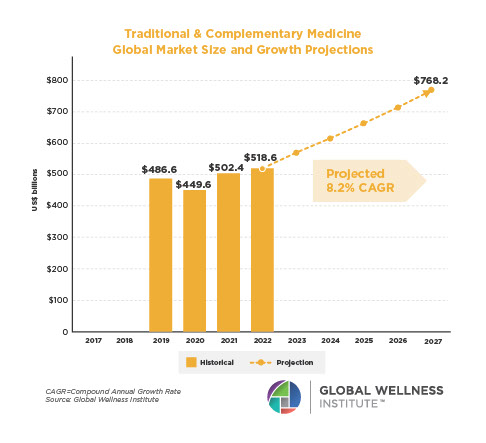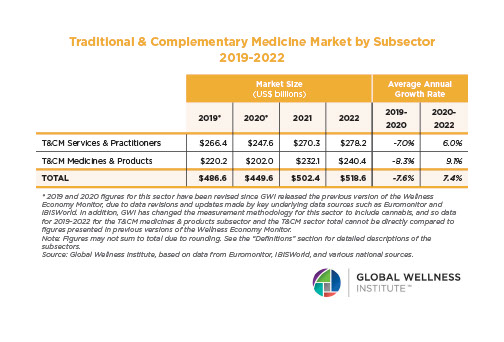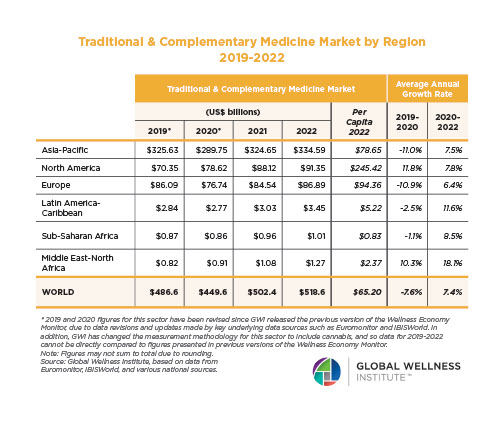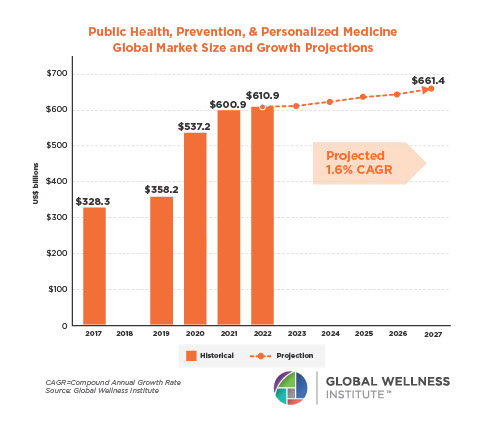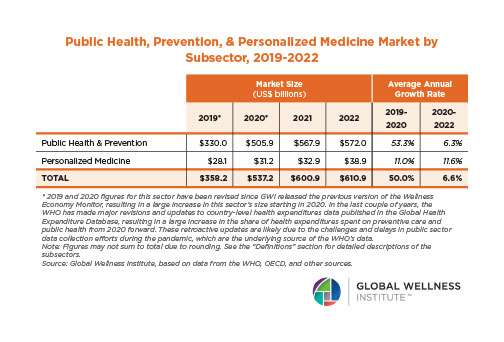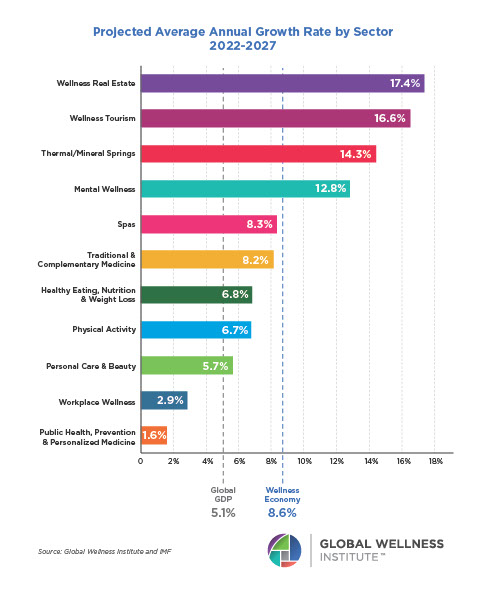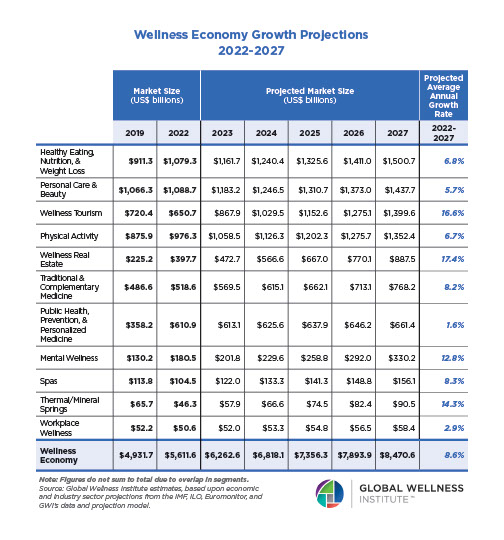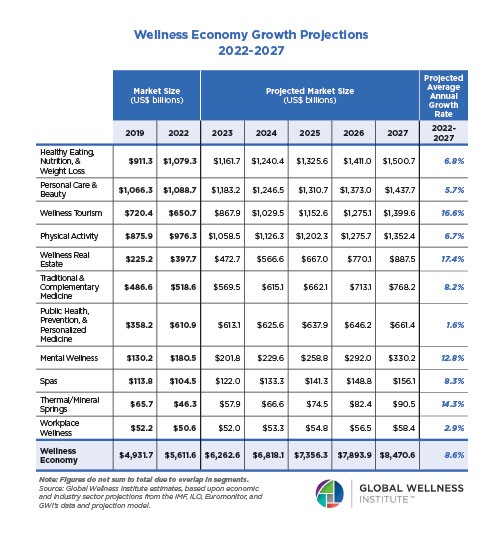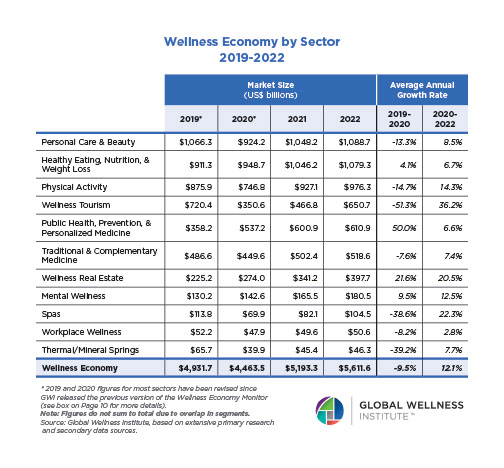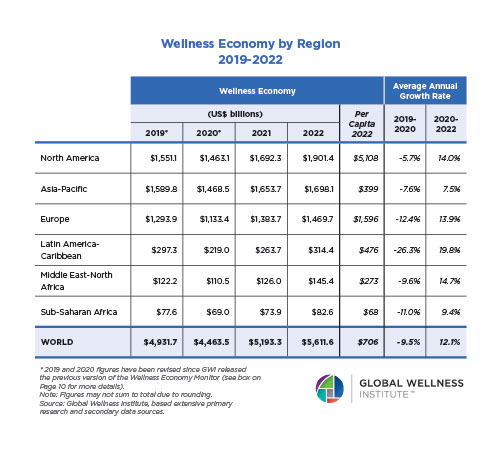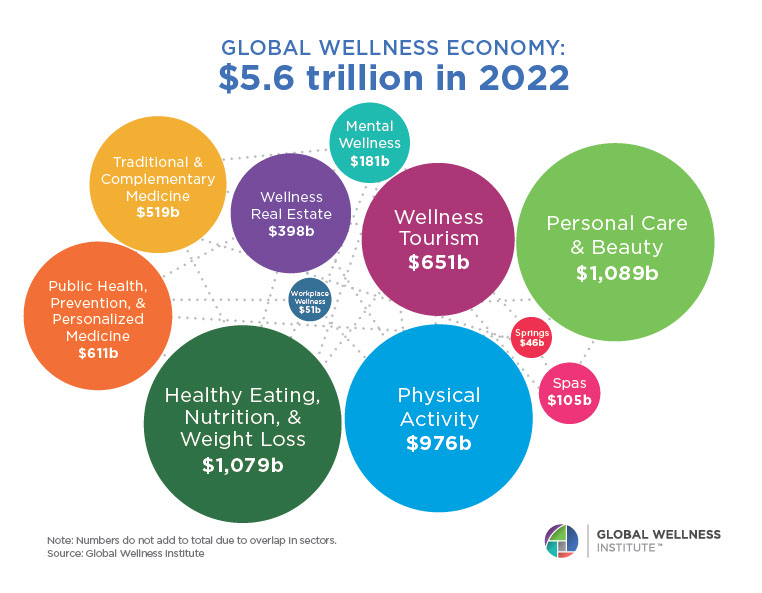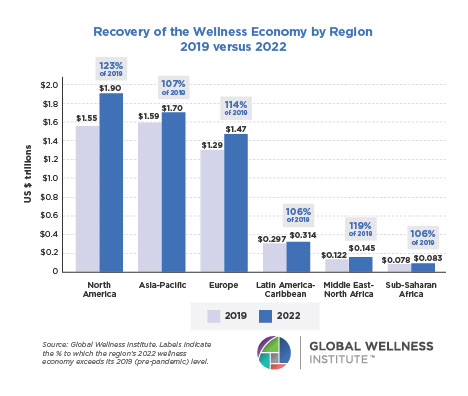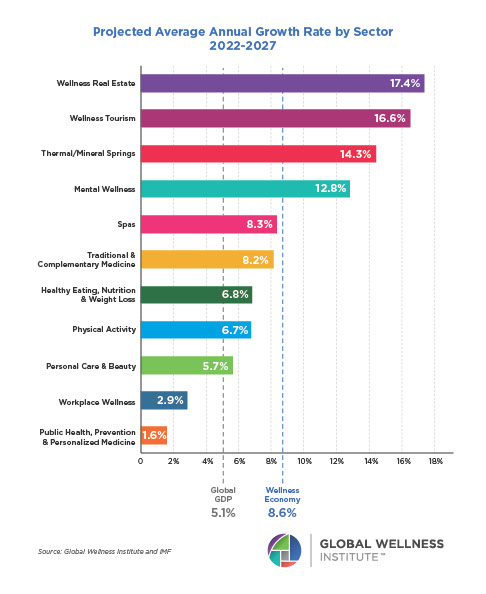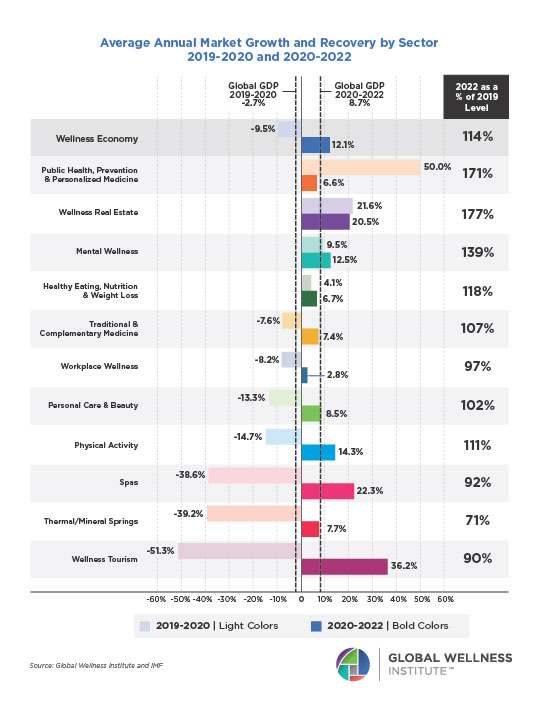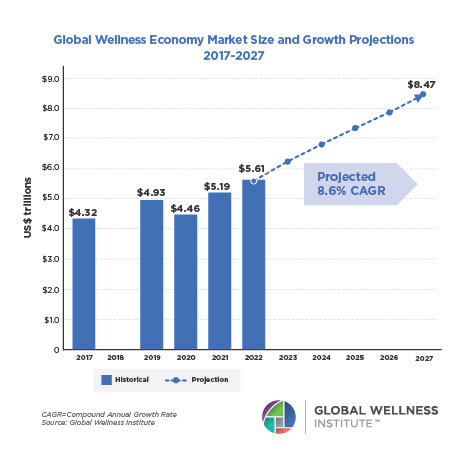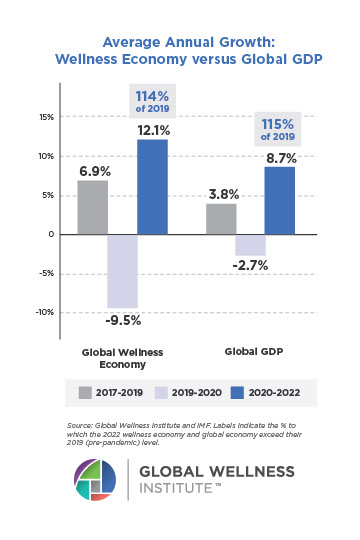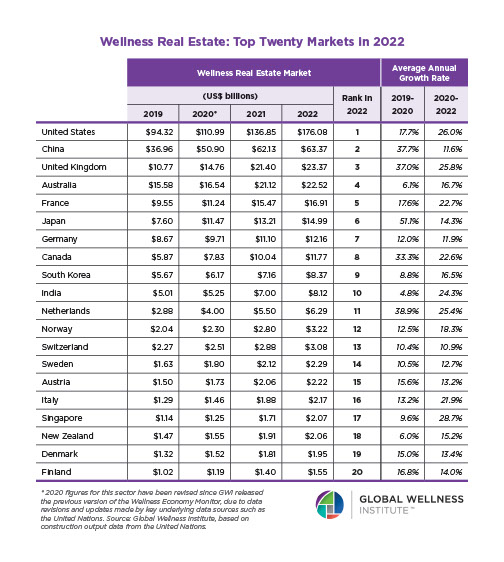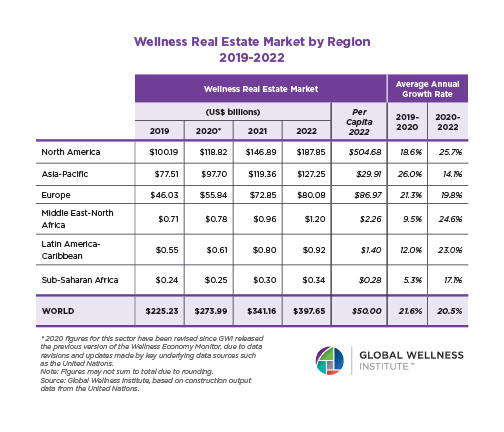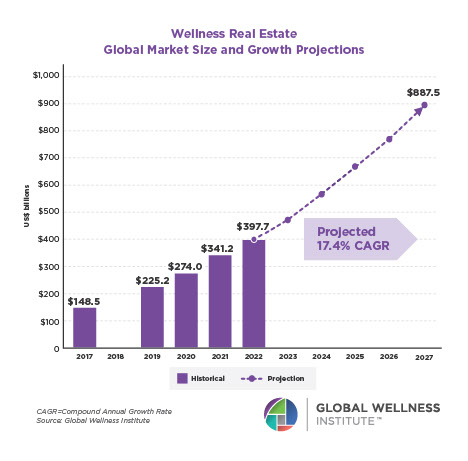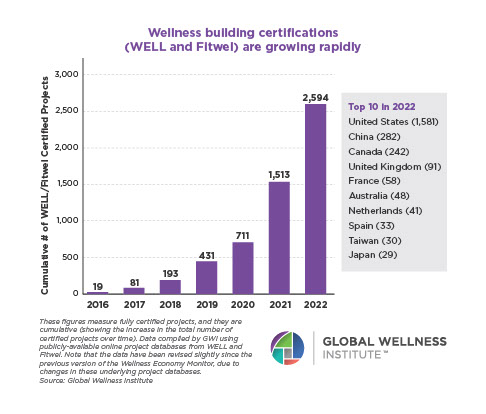The Future of Sleep: How Technology is Revolutionizing Our Nights
Sleeping well is undoubtably an important part of aging well. In addition, sleep may become more challenging as our sleep needs and patterns change as we age. Some of us may experience more fragmented sleep and a shift towards earlier bedtimes and wake times. These changes are influenced by a combination of biological and lifestyle factors.
In the quest for better sleep, many are looking to the promise of new technologies along with their promises to enhance the quality of our nightly slumber. From smart mattresses to sleep-tracking apps, sleep technology is reshaping our nights, purportedly for the better.

But first, let’s consider why sleep is getting the focus that it does. According to the Centers for Disease Control and Prevention (CDC), one in three adults in the United States does not get enough sleep on a regular basis. This is cause for concern given the importance of sleep relative to overall health, affecting everything from cognitive function to emotional well-being. In fact, 75% of those who suffer from depression also suffer from a lack of sleep. The reasons for insufficient sleep are multifaceted, including stress, lifestyle choices, and even the very technology that now seeks to remedy the situation.
Smart Mattresses and Bedding
One of the most significant advancements in sleep technology comes in the form of smart mattresses. These high-tech beds go beyond mere comfort, integrating sensors and algorithms to monitor sleep patterns, body movements, and even heart rate. Brands like Sleep Number and Eight Sleep offer products that can adjust firmness levels, track sleep cycles, and provide feedback to help users optimize their sleep environments. Some models even have temperature control features, allowing sleepers to set their ideal climate for a restful night.
Wearable Sleep Trackers
Wearable technology has become a staple in the health and wellness industry, and sleep tracking is no exception. Devices like Fitbit, Apple Watch, and Oura Ring offer comprehensive insights into sleep patterns, including REM cycles, duration, and disturbances. By collecting data over time, these wearables can provide personalized recommendations to improve sleep hygiene. The integration of artificial intelligence and machine learning in these devices means they are continually evolving, offering increasingly accurate assessments of our sleep health.
Smart Sleep Lighting
Light plays a crucial role in regulating our sleep-wake cycles, and smart lighting technology is leveraging this to our advantage. Products like Philips Hue and Casper Glow allow users to adjust the color and intensity of their bedroom lighting to mimic natural daylight patterns. By gradually dimming lights in the evening and brightening them in the morning, these systems help regulate melatonin production, promoting a natural sleep cycle.
When Sleep Optimizing Becomes too Much
However, as technology continues to advance, so does a new trend called “sleepmaxxing.” Popular media outlets such as CNN and the New York Times have written about the dangers of paying too much attention to sleep. Although interest in sleep quality is a good thing, some people have become fixated on achieving the perfect night’s rest, a phenomenon researchers from Rush Medical College and Northwestern University have termed “orthosomnia.” This condition mirrors orthorexia, an obsession with healthy eating, and is driven primarily by the use of sleep trackers and wearables. While not all sleep enthusiasts develop orthosomnia, some become overly focused on bedtime routines.
Used the right way, most sleep technology can be helpful, or at least not harmful. We should all pay attention to how well we sleep while not allowing ourselves to get caught up in any particular tracker or gadget. In addition, some practices, like mouth taping, pose risks and should be approached cautiously. For severe sleep issues, consulting a doctor is a good idea. But ultimately, for most of us, it’s the boring fixes that tend to work the best: maintaining consistent sleep schedules and reducing screen time, caffeine and alcohol near bedtime. Fortunately, these are also the most affordable.
To learn more about sleep technology, visit:
Technology and Sleep – National Sleep Foundation
Sleep Technology Index – American Academy of Sleep Medicine
To learn more about sleepmaxxing, visit:
How the Pursuit of Perfect Sleep Can Backfire – The New York Times
‘Sleepmaxxing’: The pros and cons of the trend | CNN
